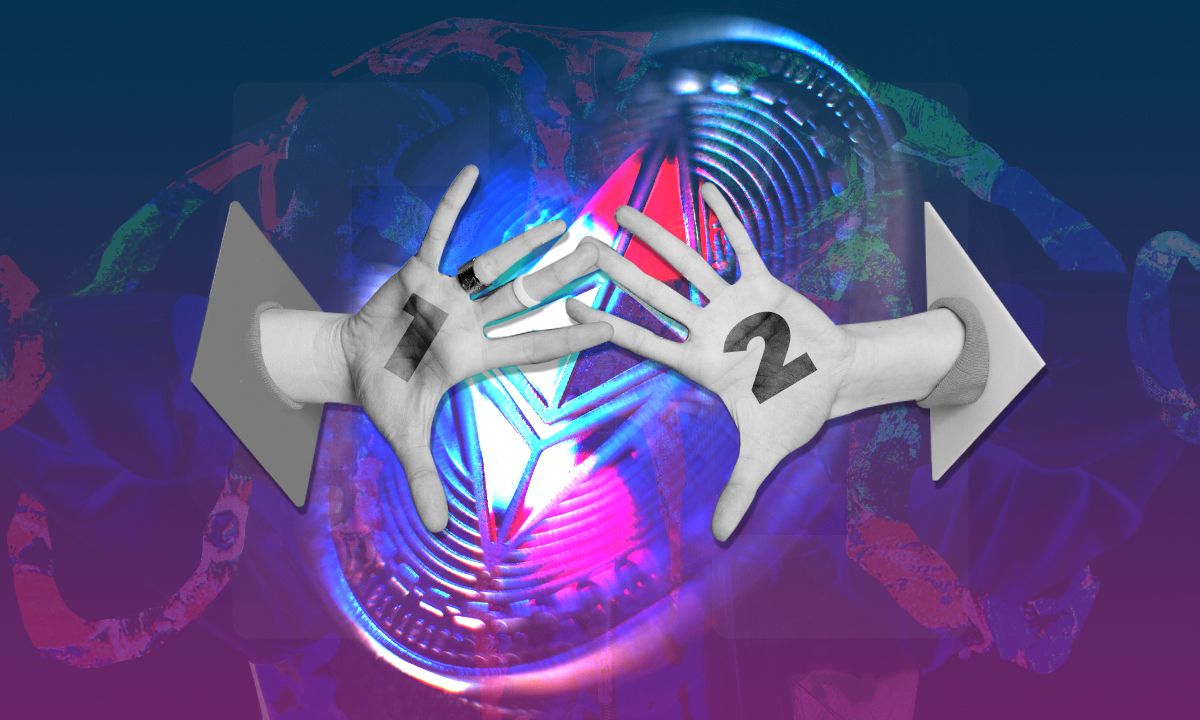Ethereum scaling solutions provider StarkWare is taking things a step further with technology to assist in further scaling of Layer 1 and 2 networks.
In a blog post on Dec 21, StarkWare unveiled “Fractal Scaling” from Layer 2 to Layer 3. The firm, which already scales Ethereum using zero-knowledge (ZK) rollups, is already planning to build on top of this infrastructure with Layer 3.
StarkWare stated that the majority of Ethereum activity will be on Layer 2 in the near future due to the prohibitive costs of transactions on L1. It added that some applications need specific tailoring which can be better served by a new layer – 3.
Layer 3 will relate to L2 just as L2 does to L1. It will be built on top of the StarkNet L2 platform to provide “hyper-scalability” further reducing Ethereum network fees.
Ethereum Hyper-scaling
StarkWare explained that the system that provides the proofs to L1 can also be used to provide proofs to L2 from another layer;
When the L2 also uses validity proofs submitted to L1, as StarkNet does, this becomes an extremely elegant recursive structure where the compression benefit of L2 proofs is multiplied by the compression benefit of L3 proofs.
It added that if L2 can achieve a hypothetical cost reduction of 1,000x, then L3 can reach a one million times reduction over L1 while still retaining its security.
StarkWare co-founder and President Eli Ben-Sasson mentioned Validium, which is a hybrid scaling solution that maintains the data off-chain. Validium also uses zk-rollups to batch and enforce transactions but in this case, it will be used to provide customized data availability models for L3.
Another advantage is a reduction in the cost of on/off ramping between L1 and L2, which is still expensive. A third layer will provide cheaper and simpler interoperability and it can also be used as a “canary network” for L2 applications before they’re launched.
The firm stated that StarkEx is currently operating as an L2 but will be ported to L3, before concluding:
L3 promises hyper scalability, better control of the technology stack for various needs, and privacy, while maintaining the security guarantees provided by Ethereum (L1).
Layer 2 ecosystem outlook
The L2 ecosystem has exploded this year as Ethereum L1 gas costs have surged. At the time of press, there was $5.4 billion locked across all L2 networks according to L2beat.
This represents an increase of 11,200% so far this year and is about the same as the entire DeFi TVL was in August 2020.
